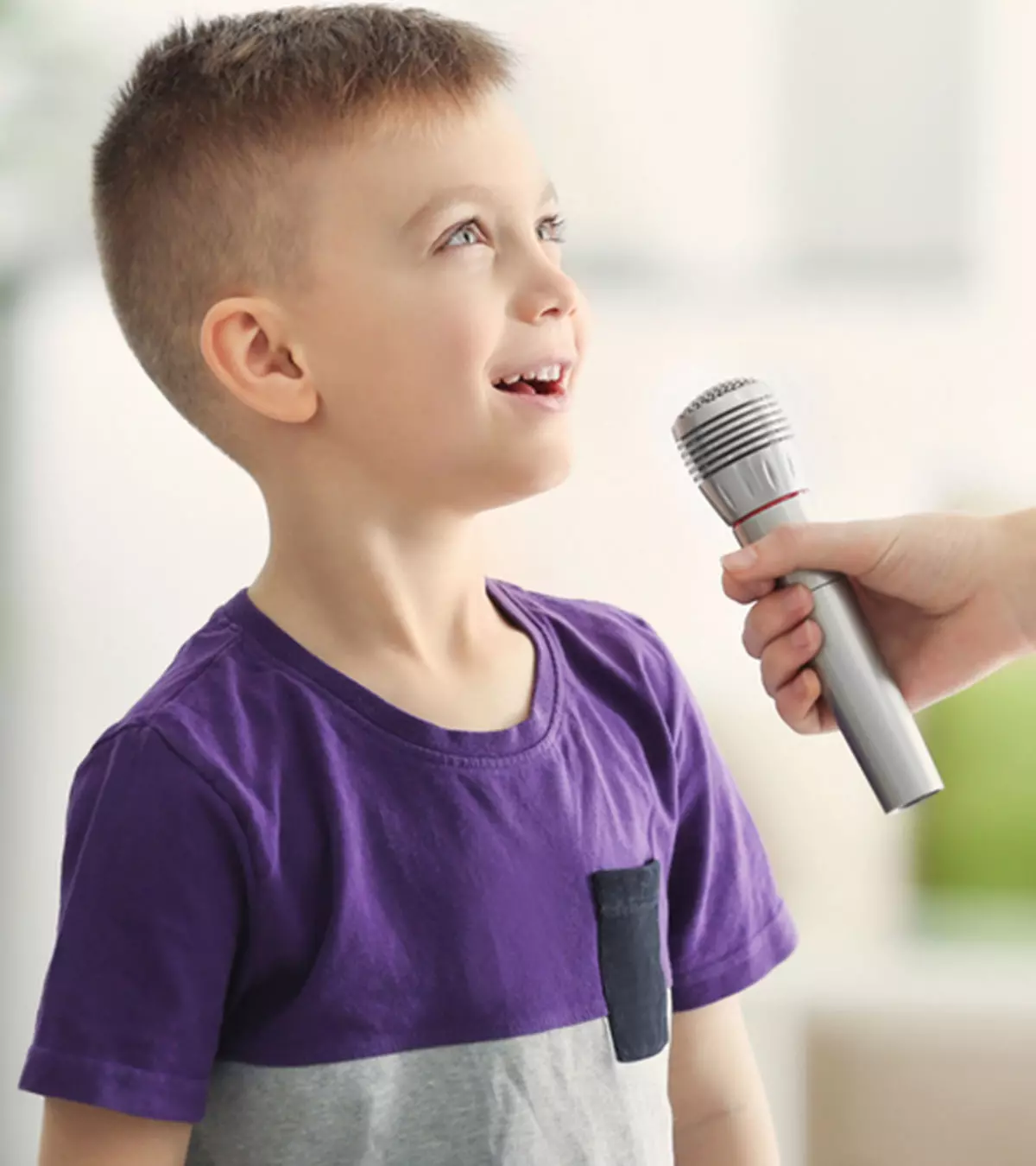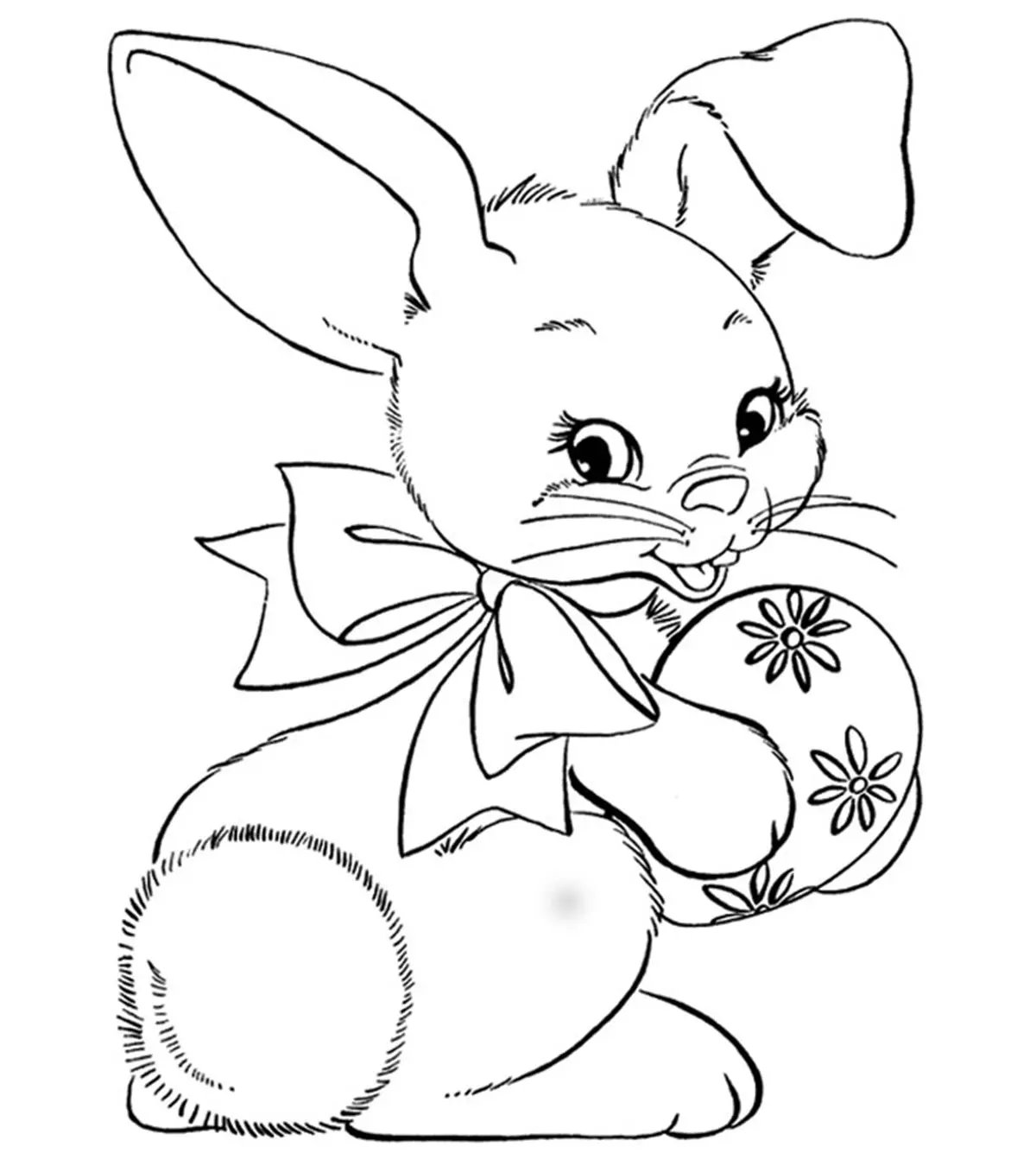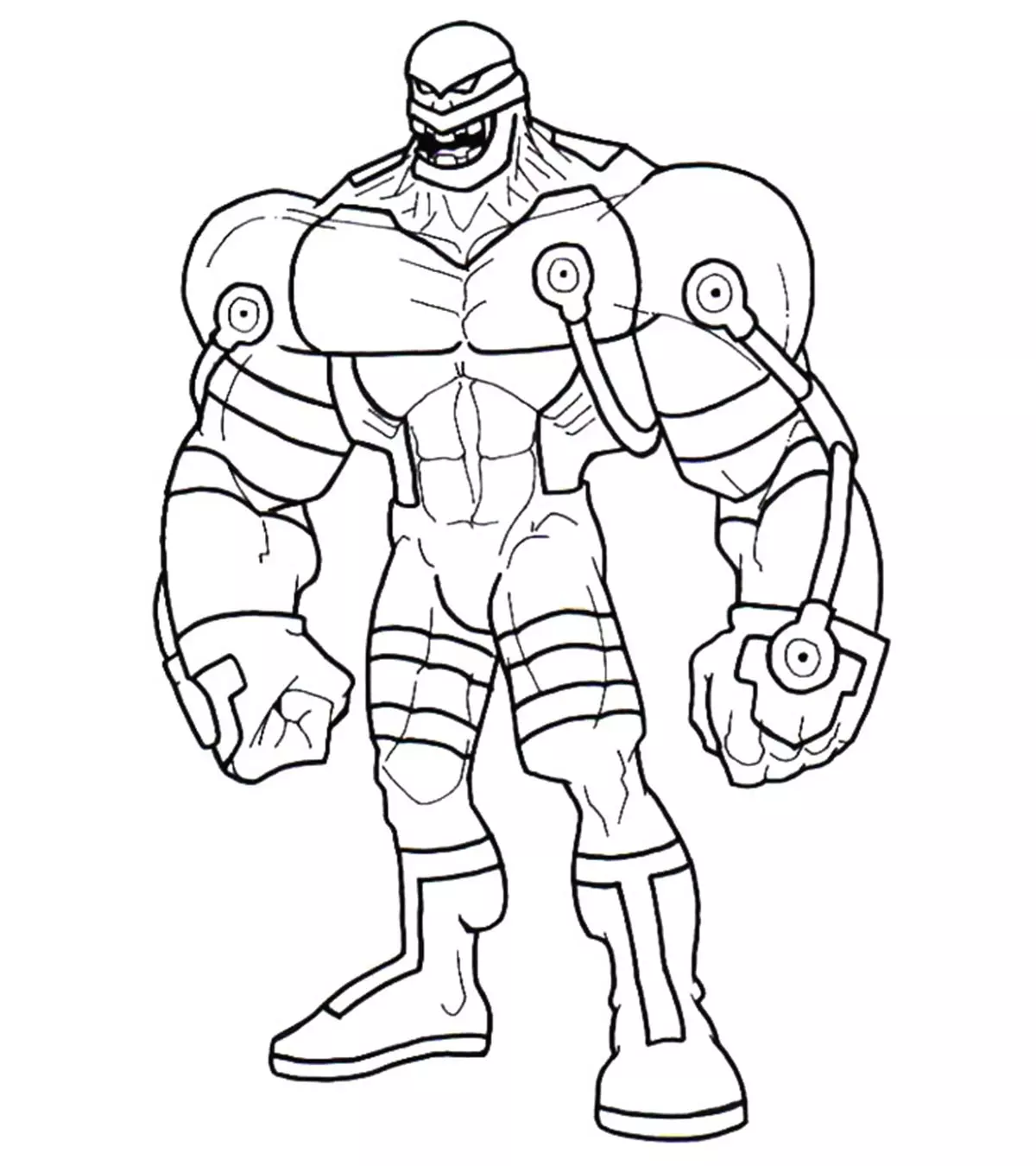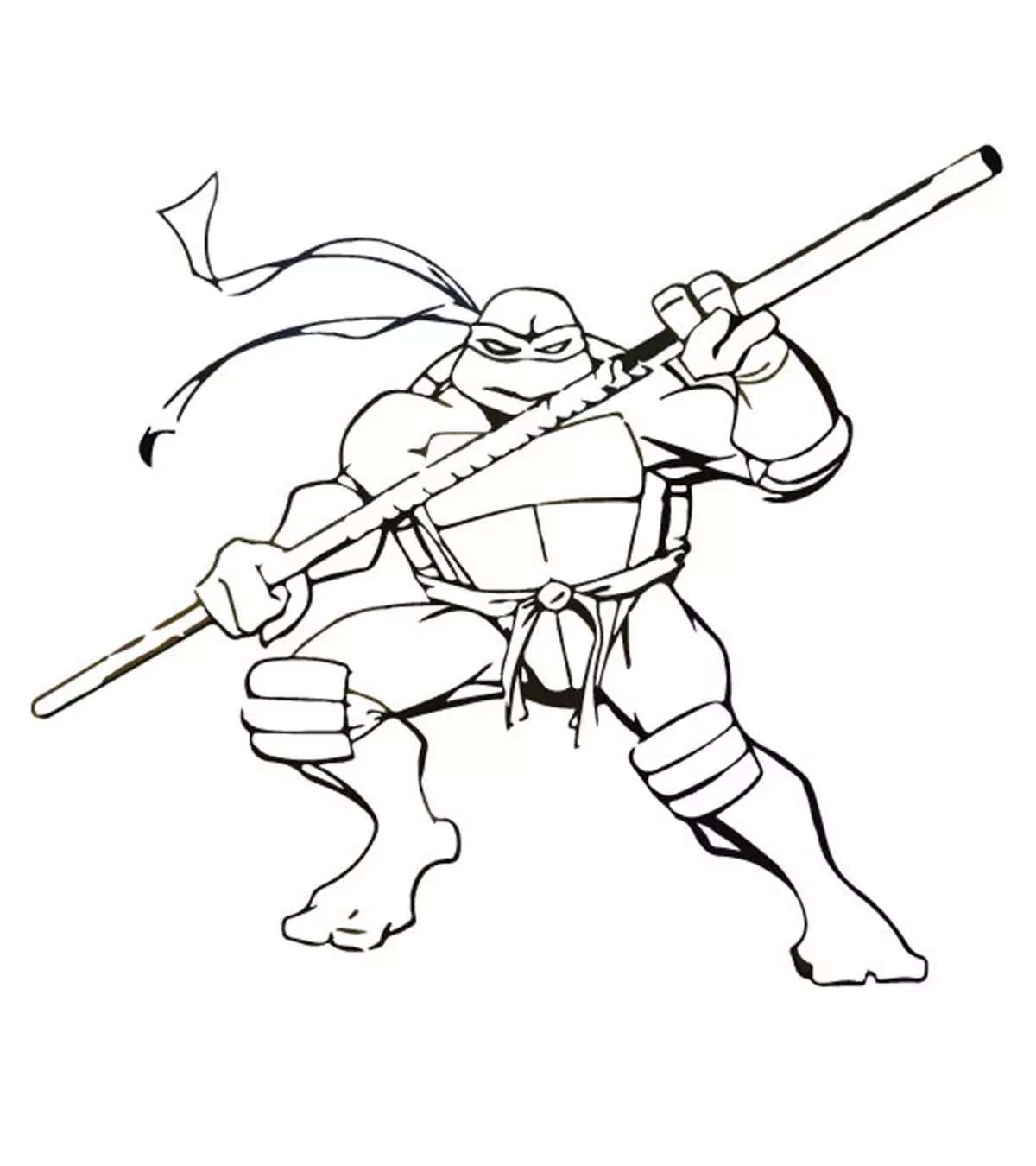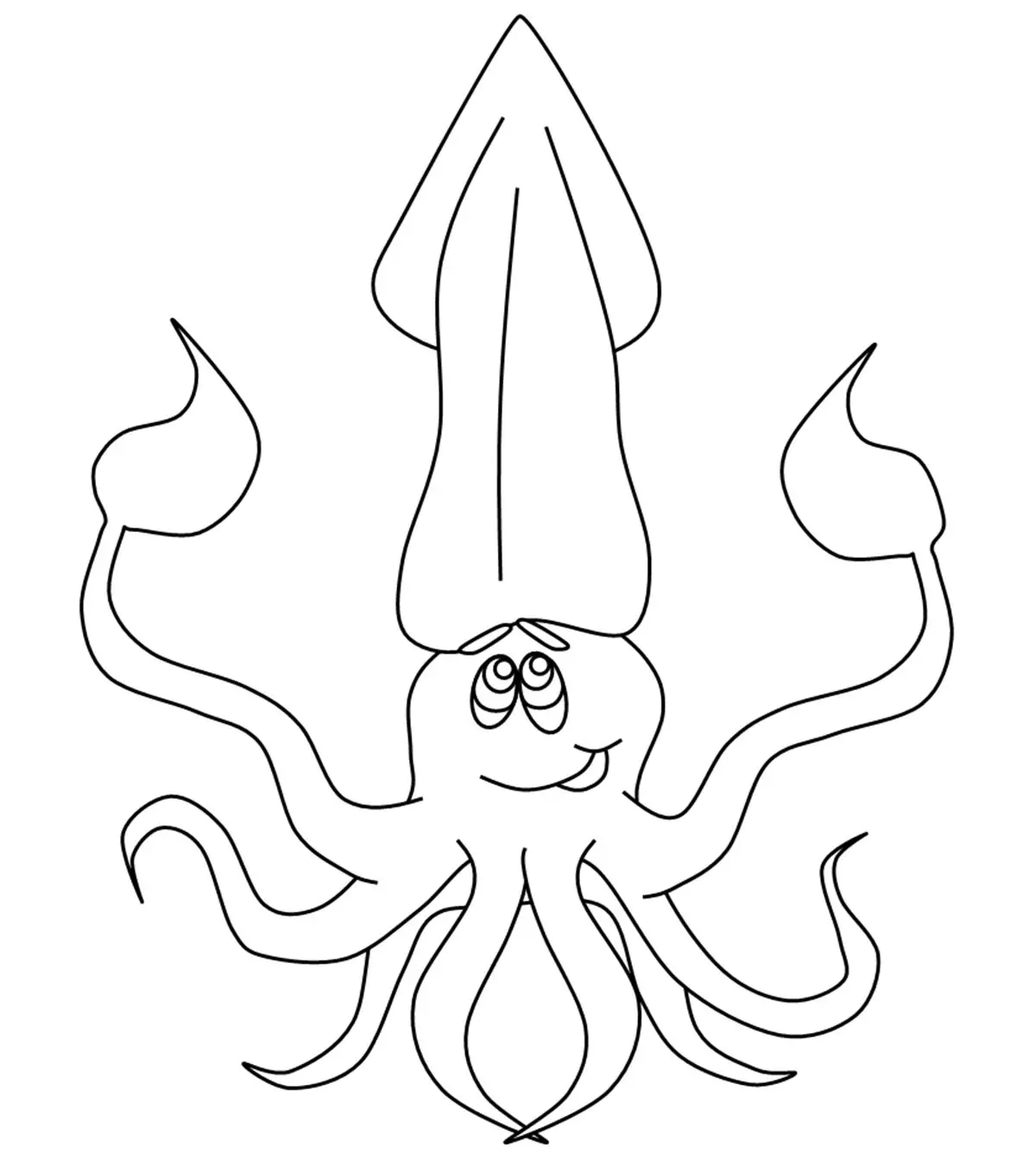
Image: iStock

Thomas Alva Edison said, “The greatest invention in the world is the mind of a child.” Childhood is the peak of imagination. If your child is a master of DIY projects or is just learning to simplify complex tools, it reflects their interest in innovation and creativity. Some kids also turn their interests into successful businesses. Dominic Wilcox, an artist and inventor from the UK, came up with the brilliant idea of asking children to invent something. He later created a new website called Little Inventors, too. He says in his blog, “Back in October of 2015, I returned to my hometown of Sunderland and asked 450 primary school children in the city to think up and draw their invention ideas. Then, I asked skilled local makers to make the best ones into real things (i).”
If you want your little engineer to bring their big ideas to life, here is an interesting collection of invention ideas for kids. These ideas would make your child think out of the box and help them with school projects.
 Did you know?
Did you know?Key Pointers
- Stir up children’s creativity by helping them make Fruit-LED lights using lemons, copper wire, and a few other things.
- Encourage them to make a handy egg drop holder or a funky duct-tape purse.
- Explore more invention ideas, such as Christmas ornaments and stethoscopes as you scroll down.
11 Invention Ideas For Kids
Invention ideas for children attempt to connect the concepts of science, technology, engineering, and mathematics in fascinating ways explaining their use in our daily lives. STEM-based invention activities foster creativity, critical thinking, and problem-solving skills in children. Here are some fun invention ideas for kids to unleash their creative skills.
1. Fruit-LED lights
Did you know fruits can be used as a conductor to generate power and light? Try this fun science experiment to learn how fruits can be a source of power.
What you need:
- Lemons
- Dimes or pennies
- Copper wire
- Paper clips
- LED light bulbs
How to do:
- Squeeze the lemons gently to release their juices but without breaking the skin.
- Cut two slices at both ends of a lemon and add a dime/penny at one slice and a paperclip on the other.
- Now, connect these lemon slices using copper wires in such a way that one end is attached to the dime and another to the paper clip.
- Connect the last wire to the LED light bulb from both negative and positive ends.
2. Egg drop holder
Do you get upset when an egg breaks accidentally? Here is an easy invention that can help you get rid of that mess.
What you need:
- Eggs
- Eggs carton
- Cardboard
- Bubble wrap
- Cotton
How to do:
- Cut out one egg’s portion from the carton.
- Place the egg inside the carton and wrap it using a bubble wrap until you get an inch-thick layer.
- Make a container cut out of cardboard and place the wrapped egg in it.
- Fill the space inside the container with tissue papers, cotton balls, and bubble wrap.
- Close the container and fix it with masking tape.
- Now practice dropping this container from various heights. Your egg will stay intact.
3. Duct-tape purse
Simple craft supplies such as duct tape can be used to make funky wallets, tote bags, purses, and makeup kits can be made in different designs. Let’s see how!
What you need:
- Duct tape
- A pair of scissors
- Ruler
- Adhesive gum
How to do:
- Cut four strips of 9” long duct tape and stick them to each other in a parallel manner.
- Similarly, form another set and stick both sheets together.
- Trim the edges to make them straight.
- Fold the strips vertically and stick them together on the edges with transparent tape, leaving one side open.
 Quick fact
Quick fact4. Smartphone projector
In this simple construction activity, your child can learn the basics of physics by turning an old shoebox into a projector. Sounds fun?
What you need:
- Shoebox
- Magnifying glass
- Tape
- A pair of scissors
- Black sheet of paper
- Smartphone
How to do:
- Take the shoebox, remove the top cover, and cut out a hole at one end of the box.
- Fix the magnifying glass in the hole you just cut.
- Darken the interior of the box using black paper.
- Build a phone stand behind the magnifying glass and fix the smartphone there.
- Now cover the lid and start the show.
5. Kaleidoscope
The combination of science and art while building a kaleidoscope is sure to get your little scientist excited.
What you need:
- Paper towel rolls
- A pair of scissors
- Tape
- Mirrored sheets
- Straw
- White cardstock
How to do:
- Color the paper towel rolls as you like and let them dry.
- Cut the mirrored sheets into three equal strips.
- Place the mirrored strips one after the other, leaving a thin line gap in between them, and tape them over the gap.
- Fold it into a triangular prismiA crystal structure with parallel sides on one axis and join the top edges.
- Fit this prism into the paper roll
- Now cut out a circle from white cardstock and decorate it.
- Make a hole at the center of the circle and fix it to the kaleidoscopeiOptical device comprised of mirrors that reflect images of colored glass fragments in a symmetrical geometric design with a straw.
6. Christmas ornaments
Who doesn’t enjoy decorating the Christmas tree? This activity uses Popsicle sticks to make decorative ornaments for your Christmas celebrations.
What you need:
- Popsicle sticks
- Glue
- A pair of scissors
- Tassels
- Jingle bells
- Glitter
How to do:
- Paint the popsicle sticks using your favorite color.
- Make a 3D craft with those sticks. You can make a mini house, an x-mas tree, or just hang them as it is. Give a final touch of glitter and tassels to give them a jazzy look.
- Tie a thread to these ornaments and hang them on the Christmas tree.
7. Balloon powered car
Most children enjoy playing with toy cars.
Let’s give it a fun twist by adding an air-filled balloon and putting kinetic energyiThe energy that an object has as a result of its motion to the test. This fun and easy engineering activity is sure to be a lot of fun for your kid.
What you need:
- Cardboard
- Wooden skewers
- Four plastic bottle caps
- Masking tape
- A few straws
- Deflated balloon
How to do:
- Take rectangular cardboard.
- Cut two straws and paste them under the cardboard to form the axles.
- Place two wooden skewers in the straw, attach the bottle caps to the ends, and form the wheels.
- Attach the open end of the balloon to a bendy straw, tighten it, and then fix the straw to your DIY car.
- Now blow the balloon from the other end of the straw.
- Close the open end, set the car on the ground, and release the air.
- Your balloon-powered car is all set to go.
8. Stethoscope
If your child enjoys playing the role of a doctor and the stethoscopeiMedical device used to listen to the sound generated within the body, most notably in the heart or lungs is their favorite instrument, here’s a fun invention idea to try.
What you need:
- Funnel
- Balloon
- Duct tape
- A transparent tube
- A pair of scissors
How to do:
- Connect the smaller end of the funnel with one end of the tube and tighten it with duct tape.
- Stretch out the balloon, spread it over the funnel’s open end, and fix it with duct tape.
- Now, place the funnel’s open end on the heart and listen to the heartbeat from the other end of the tube.
 Point to consider
Point to consider9. Ocean in a bottle
Exploration in a bottle allows your child’s imagination to run wild. This is one of the unique yet interesting activities for kids where they get to explore the ocean and its creatures.
What you need:
- Plastic bottle
- Water
- Funnel
- Blue-colored paint
- Edible oil
- Glitter
- Toy fish or other water animals
- Seashells
How to do:
- Fill a clean plastic bottle with water up to half.
- Add a few drops of blue color and mix well (do not add excess color as it would darken the water).
- Add edible oil to the remaining space in the bottle.
- Add glitter, toy creatures, and seashells.
- Fasten the bottle’s cap to secure it tightly.
10. Water xylophone
A water xylophoneiA musical instrument made by striking a series of varied-length wooden bars is a perfect invention for children to understand the science of sound
. When the glass bottles are hit, their vibrations produce a sound. And, with the varying levels of water, the beats change too.
What you need:
- Glass bottles
- Food color
- Metal spoon
- Water
How to do:
- Fill all the bottles with water in varying quantities.
- Now, add separate food colors to each of the bottles.
- Tap the bottle with a metal spoon to check for sound and arrange them in a line from the lowest sound to the highest.
- If any of them sounds similar, then change the water level.
- Your water xylophone is ready to play a song.
11. Castle lantern
A castle lantern combines the charm of a fairy tale castle, adding a touch of magic to any space.
What you need:
- Cardboard and foam box
- LED string lights or battery-operated lights
- Paints, markers, decorative papers
- Scissors
- Glue or tape
- Plastic sheet
How to do:
- Plan and sketch the castle structure on the chosen material, incorporating towers, battlements, and a main castle body.
- Cut out the castle pieces using craft knives or scissors as per the preplanned design.
- Use glue or tape to assemble the cut-out pieces and create the intended 3D castle structure.
- Enhance the castle’s visual appeal by painting, using markers, or applying decorative paper to add intricate details and vibrant colors.
- Make windows by cutting sections of the castle walls and attaching clear plastic sheets, allowing light to shine through.
- Attach LED string lights or a battery-operated candle inside the castle to produce a warm and magical glow.
- Add final touches with flags, banners, or other decorative elements to augment the charm of the castle lantern.
- Illuminate the castle lantern and bask in the fairy tale ambiance it creates.
Frequently Asked Questions
1. Are there any safety tips I should remember when inventing with my child?
It is important to supervise your child when handling tools, place tools and equipment properly, use age-appropriate safety equipment, such as coveralls, helmets, or goggles, and prepare your child with knowledge on safety measures and potential accidents that can occur while inventing. Additionally, it is crucial to choose age-appropriate ideas for your child to engage in and avoid being too ambitious to prevent accidents.
2. What tips can I use to help my child stay focused on their invention idea?
To help your child stay focused on their invention idea, you can establish clear goals and plans, create a structured timeline, offer reinforcements or breaks to encourage their contributions, and provide assistance when needed.
3. What are some common household problems that kids can try to solve with their invention ideas?
Kids can think of ideas for inventions that solve everyday problems we face at home. For example, they could create something to find things we often lose, like phones or keys, or invent a tool to help open jars, bottles, and cans easily, especially for people who have difficulty gripping tightly. These inventions would be really helpful.
4. Can kids work on their invention ideas as a team with friends or family members?
Yes, kids can work with friends or family members on their invention ideas. It’s fun and supportive and helps them work as a team, be creative, and solve problems together. Moreover, they can develop even better ideas by listening to different perspectives.
5. How can kids test and refine their invention ideas?
Kids can improve their invention ideas by making models, doing tests, asking others for their thoughts, making changes based on their learning, and trying different versions to find the best solutions.
6. What are some technology-based invention ideas that kids can explore?
Kids can develop technology-based invention ideas like making their own app or game, creating a device to fix a problem, building a robot, inventing a cool new tool, or finding ways to use technology to help the environment.
7. Are there any resources available to help kids develop their invention ideas?
Yes, kids can find help to develop their invention ideas. They can read books, watch videos, and visit websites about inventors. They can join invention competitions, attend workshops or camps, and ask teachers, mentors, or special groups that help young inventors for advice.
Science experiments and inventions are the best fodder for a child’s ever-curious and imaginative brain. Experimentation with science and technology encourages children to ask questions, develop logic, and help improve their critical thinking and observation skills. There are many science experiments and invention kits in the market aimed at improving scientific temper and igniting curiosity in children. So pick one kit and plan these invention ideas for kids as weekend fun programs involving your entire family. Ensure parental presence when young kids try these inventions to avoid any mishaps.
Infographic: Invention Ideas For Kids
Children have inquisitive and brilliant minds that can do wonders when put to work in the right direction. So, why not let them unleash their imaginary skills by engaging them in making simple inventions at home? Explore the infographic that lists simple yet excellent invention ideas for your little scientists and budding inventors.
Some thing wrong with infographic shortcode. please verify shortcode syntax
Illustration: Simple Yet Thrilling Invention Ideas For Kids
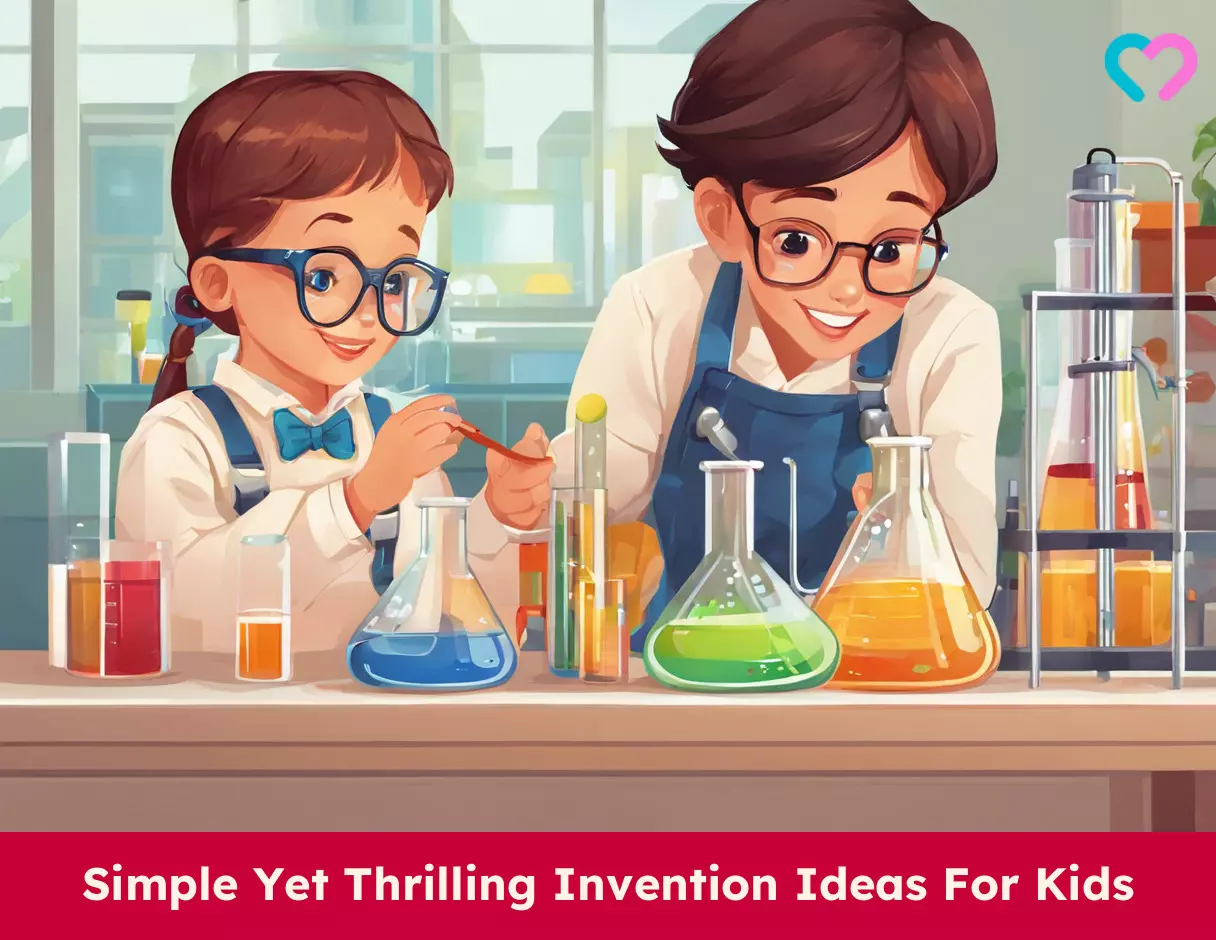
Image: Stable Diffusion/MomJunction Design Team
Check out this amazing video featuring 11 kid inventors and their incredible inventions! Hear their stories and get inspired!
Personal Experience: Source
MomJunction articles include first-hand experiences to provide you with better insights through real-life narratives. Here are the sources of personal accounts referenced in this article.
i. Little inventors: Children’s ideas made real;https://variationsonnormal.com/category/ideas/
References
- Inventions by Kids
https://theworks.org/inventions-by-kids/
Community Experiences
Join the conversation and become a part of our nurturing community! Share your stories, experiences, and insights to connect with fellow parents.
Read full bio of Elisa Yi
Read full bio of Harshita Makvana
Read full bio of Deepa Thomas
Read full bio of Nisha Bharatan







